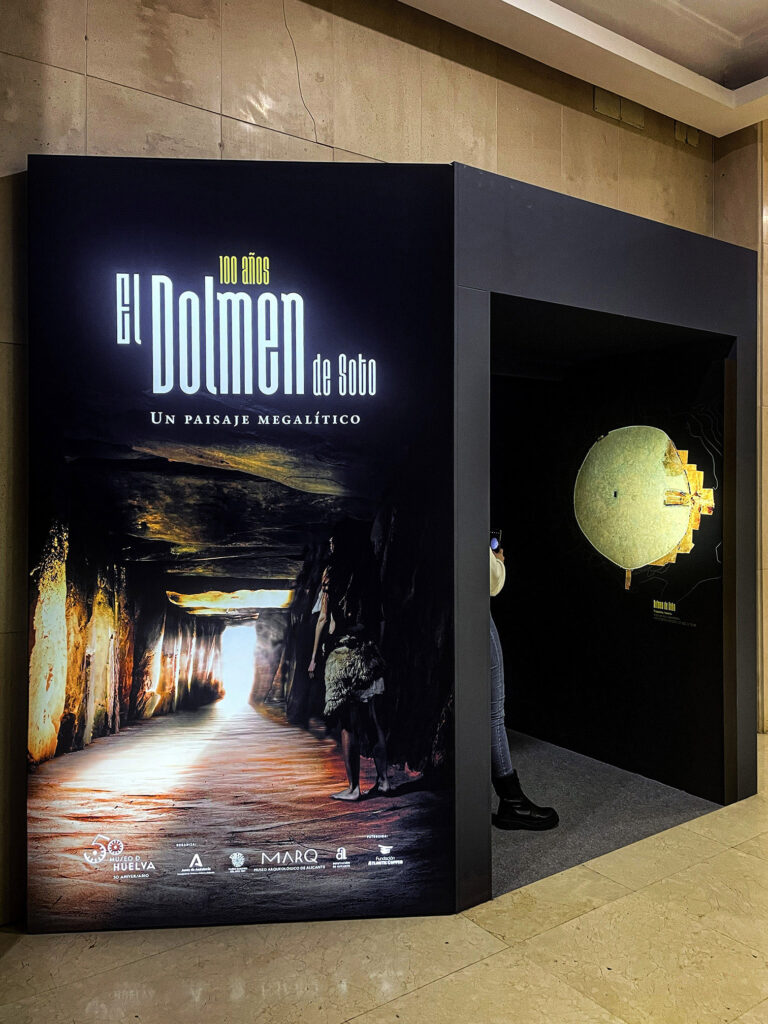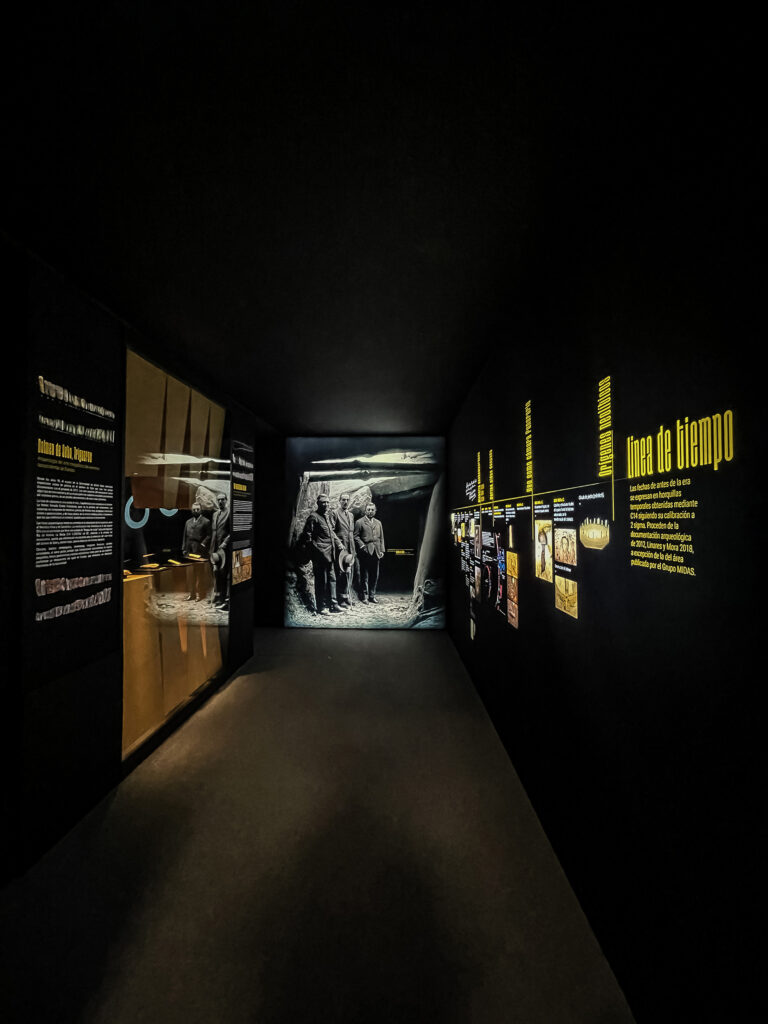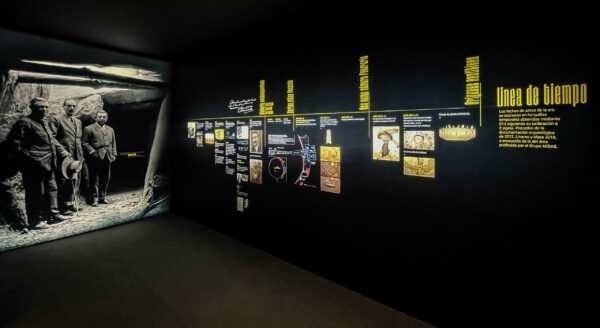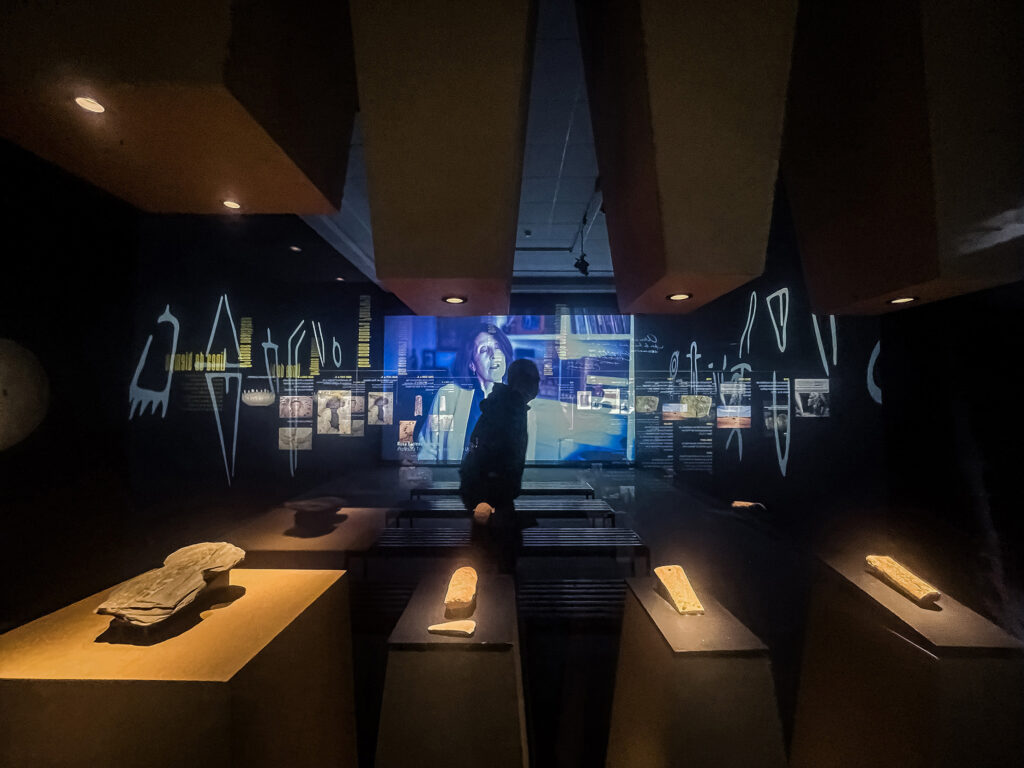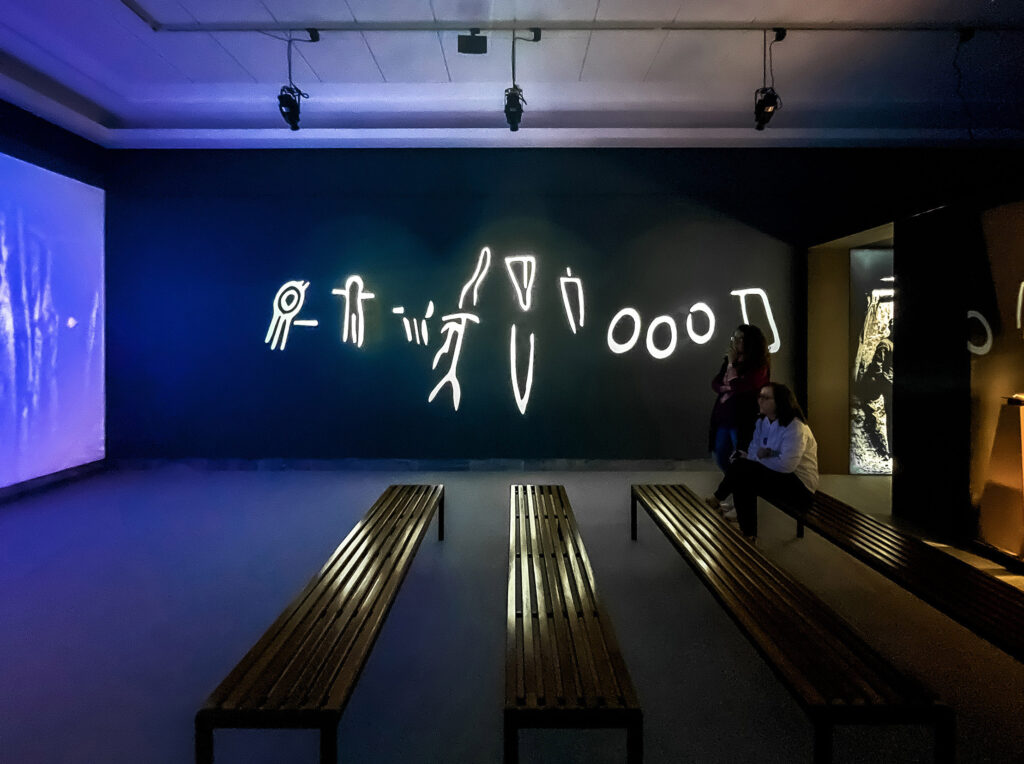DYNASTIES
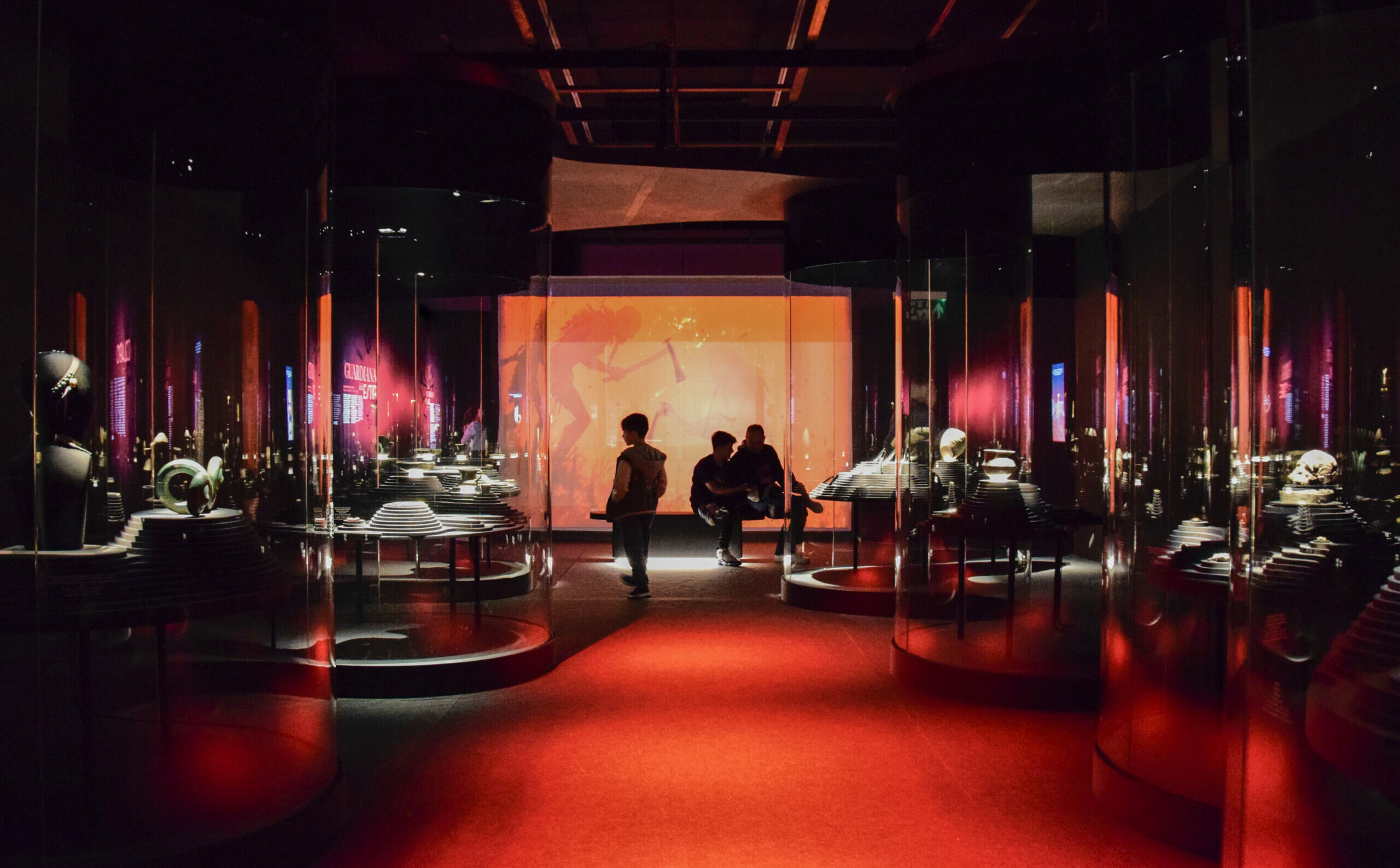
THE FIRST KINGDOMS OF PREHISTORIC EUROPE
Promoter: MARQ Alicante, Diputación de Alicante, Fundación C.V. MARQ Date: 2024 Categories: Temporary Exhibition Design, Archaeology
Location: MARQ, Alicante Curator: Juan Antonio López Padilla, Roberto Risch, János Dani Museographic design: Rocamora Diseño y Arquitectura Audiovisual design: Rocamora Diseño y Arquitectura Production and assembly: Proyectable Estudio
The new exhibition at MARQ in Alicante, entitled “Dynasties: The First Kingdoms of Prehistoric Europe,” transports visitors to Bronze Age Europe, exploring the emergence of the first states through the study of three fundamental cultures. The exhibition is divided into three main rooms, each dedicated to specific aspects of this historical period.
Room 1 invites you to explore thematic blocks such as “In the Forge of a New World” and “The Pillars of Power”. Here, you will find a visual representation of the European territory in showcases and a circular-ovoid square displaying the key pieces of the protagonist cultures.
A topographic table evokes the European territory during the Copper Age, with a lamp that shows the relief and its communication routes. The pieces are displayed on contour lines in circular glass showcases.
Then, in a circular-ovoid square, showcases contain the pieces of the three main cultural groups, while gobos project the name of each culture on the floor. A metallic aerial installation evokes the concept of connection between cultures.
In the pre-apse, an installation of pieces associated with milling and grain serves as a backdrop for an audiovisual presentation on cereal, with showcases displaying pieces related to milling and textiles.
In the apse, the Leubingen Tumulus Trousseau is exhibited, accompanied by an audiovisual presentation with macro images of each piece.
The design of Room 2 focuses on two scenographic gestures that organize your experience. On the left, a hyper-realistic scenography in the form of a large diorama will take you on a dynamic journey through the extraction of minerals, smelting and final use of objects, including in funeral rituals.
To the right, a large mirrored arched display case houses the pieces that complement the scenographic narrative, creating a captivating dialogue between the scenography and the exhibits as they guide you along the central axis of the room.
In the pre-apse and apse, a large showcase exhibits objects representative of the manufacture of amber, gold and ivory, accompanied by a captivating audiovisual that deepens the information presented.
The whole experience is accompanied by the soundscape created by Luis Ivars.
The exhibition dives into the concept of dynasty in Room 3, exploring themes such as “Guardians of the Lineage” and “Collapse.” Visitors will be led through a graphic exhibit illustrating the importance of elites and heritage in this historical period.
Next, the space is transformed into a continuous showcase that extends from the ceiling to the floor, located on both sides of the room.
This display case has protruding curves of variable section that invite the visitor to walk along the central axis to contemplate the crystalline and curvilinear perimeter, where various exceptional princely burials are displayed with the bronze sword with golden handle Guadalajara and the golden diadem of Caravaca de la Cruz as protagonists of the central axis.
This tour culminates in a final plaza area that houses a fish-eye-shaped display case that houses the golden hat from Schifferstadt (Germany).

